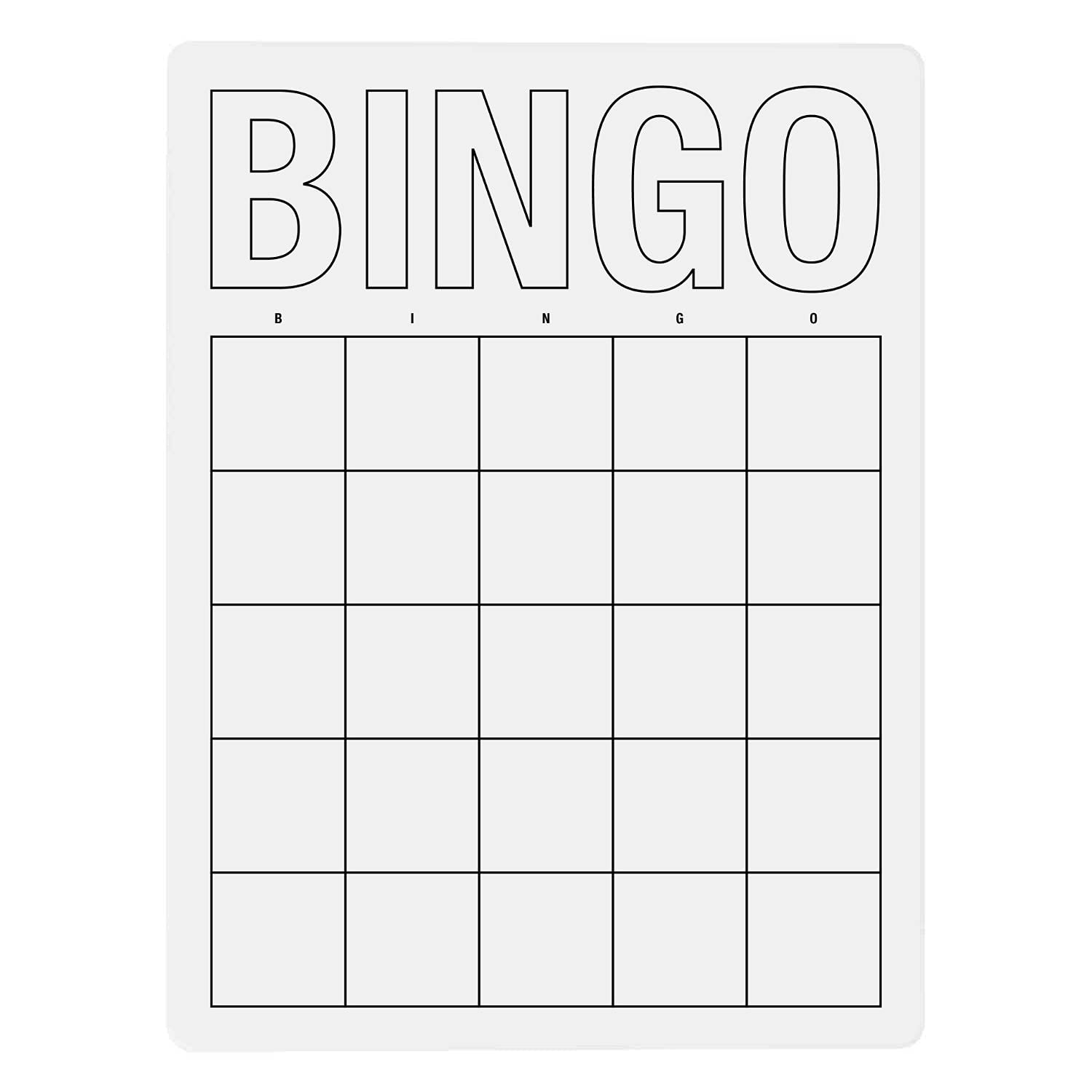Teaching Kids Bingo: A fun way to teach kids coin values
Bingo is a great game for kids of all ages to learn and have fun. It can help them with their numbers, colors and shapes as well as hand-eye coordination. Not only is it an enjoyable pastime for the whole family but also helps children gain important cognitive skills such as problem-solving, critical thinking and visual perception. With just a few materials needed, you can easily set up a bingo game in no time! We will explore the different ways to teach kids how to play bingo, from understanding the playing rules to keeping scores which are essential components of this beloved classic game. So let’s get started on teaching our little ones some basic bingo knowledge today!
Bingo and its Benefits
Bingo is a popular game that has been enjoyed by people of all ages for many years. However, it is not just a game for adults, as it is also a great learning tool for kids. Playing bingo can help children develop important skills that they will need throughout their lives, including number recognition, hand-eye coordination, and critical thinking.
One of the biggest benefits of playing bingo is that it can help children learn basic math skills. Bingo cards are typically filled with numbers, and players must use their math skills to match the numbers on their cards to the numbers called out by the bingo caller. This can help children learn to recognize numbers more quickly and can also help with basic addition and subtraction.
Another benefit of playing bingo is that it can help children develop their hand-eye coordination. When playing bingo, children must be able to quickly find the numbers on their cards and mark them off. This requires quick hand movements, which can help to improve hand-eye coordination and motor skills.
Additionally, playing bingo can be a great way for children to develop critical thinking skills. As they play the game, children must constantly make decisions about which numbers to mark off and which ones to leave blank. This requires them to think strategically and to use critical thinking skills to make the best decisions.
Aside from the cognitive benefits, playing bingo can also be a great way for children to socialize and make new friends. Bingo is often played in groups, which provides children with the opportunity to interact with others and develop social skills. It can also be a fun activity for families to enjoy together.
Materials Needed for a Game of Bingo
To play bingo, you don’t need much equipment or fancy gear, in fact, most of the materials needed are readily available at home or easily obtained at stationery stores.
Firstly, you need bingo cards. Bingo cards are the essential playing cards that each player needs to play the game. The cards typically have a 5×5 grid with numbers ranging from 1 to 75 in North America or 1 to 90 in Europe, with each card having a different combination of numbers. You can either buy pre-made bingo cards or create your own, which is an excellent way to customize the game and make it more personal.
Next, you will need markers to keep track of the numbers that have been called out. You can use any type of marker such as plastic chips, bottle caps, beans, or even candy pieces. Just make sure that they are small enough to fit on the numbers and won’t roll away too quickly.
Another important item needed when playing bingo is a bingo cage. A bingo cage contains numbered balls, which are drawn from, and displayed to players. As each ball is drawn, the caller announces the corresponding number, and players mark it off on their bingo cards. The bingo cage can be made of metal or plastic and should be sturdy enough to hold the balls securely.
Related:
Keeping Score in Bingo Games
Keeping score is an important part of playing bingo. It ensures that the game is fair and that everyone has an equal chance of winning. There are several ways to keep score in bingo, and each method has its own advantages and disadvantages.
One popular way to keep score is to use a scoring sheet. This sheet is usually a piece of paper or a card that has spaces for each number on the bingo card. Before the game begins, each player must mark the numbers they have on their card in the corresponding spaces on the scoring sheet. As the game progresses, players can mark off the numbers that are called out, and they can easily see what numbers they still need to win.
Another way to keep score is to use a bingo board. A bingo board is a large board that displays all of the numbers that have been called out. As each number is called, it is displayed on the board, and players can mark off the number on their card. This method is especially useful for larger groups because it allows everyone to see what numbers have been called out without having to rely on the caller.
A third way to keep score is to play blackout bingo. In this variation, players must mark every number on their card to win. This method can be more challenging and exciting because it requires players to pay close attention to all the numbers that are called out.
Regardless of the method used to keep score, it is important to remember that accuracy is key. Players should ensure that they mark off the correct numbers on their cards and that they do not accidentally miss any numbers that are called out. It is also important to keep track of the numbers that have been called out to avoid any disputes or confusion at the end of the game.
Wrapping Up – Recap & Final Thoughts
In conclusion, keeping score is an essential aspect of playing bingo. It ensures that the game is fair and fun for everyone involved. Whether you choose to use a scoring sheet, a bingo board, or play blackout bingo, the important thing is to keep track of the numbers accurately and have fun!






